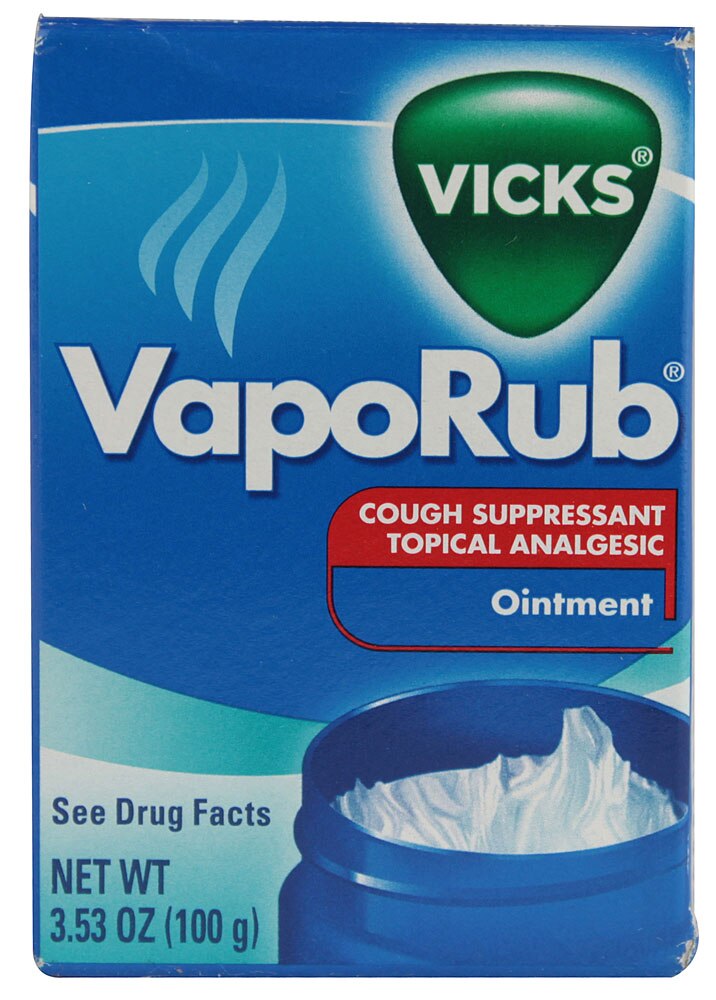by Keith Browning
The advantages of ethical branding are quite apparent.
Highlighting the ethical quality of a product can provide an important means
for businesses to differentiate their product and add value in the consumers’
eyes over that of the equivalent commodity.
So it's probably no surprise that many Ethical Brands
position themselves in such a way that their entire identity is based very much
on an ethical appeal. It's easy to spot these brands - they'll be the ones
talking about how they pay fair wages or how their products are not tested on
animals or their approach to the third world – or maybe how they're carbon
neutral etc. They’ve really become a global phenomenon in recent years.
The problem with basing your entire identity on this ethical
appeal is that by itself, it's just not enough for most people.
In fact, most people that are motivated to consume these ethical
brands tend to have other reasons to do so besides the ethical motivation. The
more savvy ethical brands are brands that have another dimension - another
brand position, a deeper identity.
In a seminal piece of research for the Journal of Brand
Management, titled “Integrating ethical brands into our consumption lives”,
Isabelle Szmigin identified a number of dimensions that are regularly incorporated
in to the really successful ethical brands that elevate them to the point where they're saying more than just “Buy us because it’s the right thing to do”.
Here we take a look at three dimensions that have proven
successful for a large number of ethical brands:
Distinction
We know that people like to distinguish themselves from
others, so here the brand tries to leverage this by making people feel like
they are distinguishing themselves in some way by consuming your brand over
others.
So consuming this brand shows that you are more educated or
more sophisticated or more enlightened than all of these other people who “just
don't get it”!
One way people are distinguished is by having lots of money
i.e. financial capital.
I think Fiji Water leverage this beautifully. Fiji are a
'natural artesian water' brand that first appeared in high end stores and
restaurants. They were initially seen in New York on the menu at an elite
restaurant called Jean-Georges – at a price of $10 for a litre bottle! It was
presented to diners in a solid-silver Fiji Water serving case. In the UK, the
brand retails for £1.95 a litre – significantly more than you would pay for
other brands, like say Evian. How can Fiji achieve this? They are appealing to us to
distinguish ourselves by consuming their brand that is "natural",
"untouched by man", "artesian" and of course exclusive.
Yes Fiji are involved in conservation, yes they have a
charity (Fiji Water Foundation) etc. But these ethical appeals are secondary
elements.
Hedonism
Consumer purchases are often driven by the anticipated
hedonic experience, the feelings of pleasure we’ll get from using the product. This
insight has been leveraged by many successful brands over the years, including
very successful ethical brands.
The organic skincare / tanning range "TanOrganic"
do this extremely well. Their marketing makes reference to the fact that they
are organic of course, particularly through the name but that is not their only
appeal. In fact some would say it’s not even their primary appeal. TanOrganic
instead go out and say we will give you "flawless, streak-free tan with
the perfect fade". They offer a promise of "revitalising tired and
dry skin during the harsh winter month" and then finish by saying
"made from natural and organic ingredients".
This is a much better brand position than just saying
organic make up is the right thing to do.
Love
This is a really popular one among ethical brands and I
think the great Irish brand Glenisk do a great job positioning their brand based on 'love'.
Love is rarely mentioned in marketing, which is quite a surprise given that
love is such a strong motivator for so many people's behaviours.
In this
context, ethical brands are saying “if you consume this product, you are
showing your love for other people or society in general”.
Glenisk discuss how "you are showing your
love for society and for future generations by consuming our product". They promote
the idea that we are "custodians of the land" and by consuming their
products, you are showing your love for the next generation and helping
"preserve the planet".
We also see actually see a hedonic aspect to Glenisk, since
they tend to push the idea that all of their products are organic…and therefore
they taste better! Of course the fact that they are organic is important and
this provides a great way for them to differentiate their product from their
competitors and add value. But if they didn't also taste great, they probably
wouldn't have a business.
As we can see, ethical brands work on many different levels.
Trying to base your entire identity on an ethical appeal is probably not the
most successful strategy to achieve mass market appeal. It just isn’t enough
for most people.
The more savvy ethical brands get this and that’s why we see
the really successful ones developing much deeper identities.
























